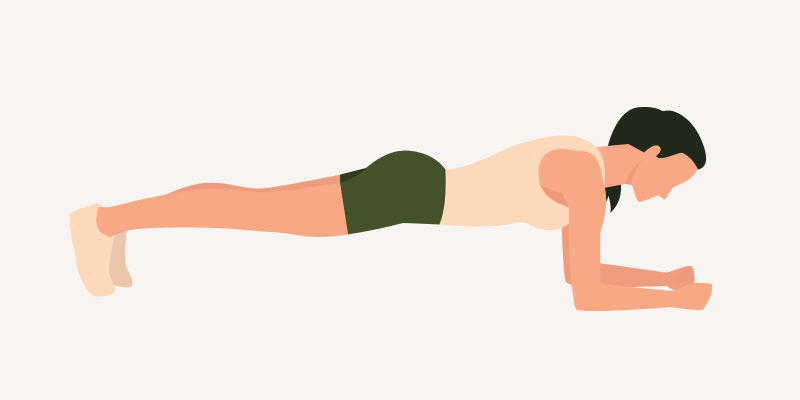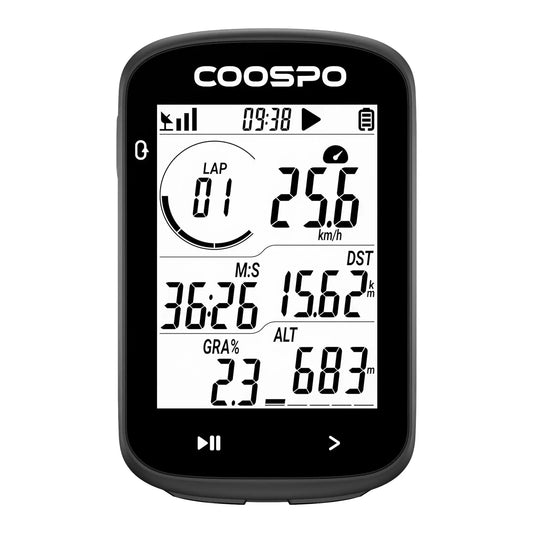Tips for Running Longer Distance
Whether you're an experienced marathon runner or a beginner aiming to complete your first 5k, one of the best feelings in running is the ability to cover longer distances. However, running longer distances isn't just about pushing yourself hard every time you put on your shoes. It needs a careful plan to build your endurance, prevent injuries, and get the best results from your training.

If you're planning to go from a 5K to a half or full marathon, or if you want to increase your distance from 26.2 miles to an ultra marathon, there are some important training tips that can help you do it safely.
Build a Base, Then Keep It Consistent
Base training usually takes about four to eight weeks to improve your heart and muscles before you start a race training plan. However, the more time you spend running regularly to build a strong foundation, the better it will be for you.
Start by gradually increasing the volume of your weekly mileage. Experts recommend adding no more than 10% to your total weekly mileage each week to avoid overtraining. For example, if you’re currently running 20 miles per week, aim for 22 miles the following week.
Once you have a solid foundation, it's important to keep up with your training. As Coach Jack Daniels, a well-known running coach, says, “Endurance comes from regular training over time. What matters most is the long-term effort.” Staying consistent is more important than pushing hard during workouts when it comes to building endurance, as it allows your body to adjust to the demands of running.
Find Your Best Approach to Building Volume
If you’re already maxed out on available days of the week, add to your long-run mileage.
You run 17 miles a week (three 4-mile runs and one 5-mile run). To increase your mileage, keep your weekday runs the same, but make your long weekend run 7 miles instead of 5.
If you can’t find a long block of time to run, try getting in some miles in the morning and again in the evening, with breaks in between! To make this approach effective, make sure to keep the pace easier on at least one of those runs.
To run longer, it's important to try different strategies and see what fits your schedule. The key is to listen to your body and experiment with different ways to increase your running volume. After each run, notice how you feel—physically, mentally, and emotionally—and make changes based on that.
Follow a Progressive Training Plan
When picking a training plan, be honest about how much time you have to prepare for the distance you want to run. Also, consider your current fitness level.
Dr. Philip Maffetone, a well-known expert in endurance training, says, Taking your time helps your body get used to longer distances safely. If you try to go too fast, you might get hurt and won't succeed.
Most training plans mix shorter, moderate, and long runs to build endurance. For instance, if you're training for a half marathon, a good plan might include:
A few shorter runs during the week (3-5 miles) A moderate-paced run of 6-8 miles A weekly long run that increases gradually, starting at 6-7 miles and building up to 12-13 miles over several weeks.
The idea is to balance volume with recovery to avoid pushing too hard too soon.
Keep Easy Runs Easy
It’s easy to want to push hard on every run, but to build endurance for longer runs, it’s important to keep most of your runs at an easy pace. Easy runs help improve your aerobic fitness without putting too much strain on your body, and they also help you recover after tougher workouts.
According to Dr. Jason Karp, a leading exercise physiologist, “Easy runs are the foundation of your endurance.” Running too hard too often can lead to fatigue, injury, and burnout. Easy runs should feel comfortable enough that you can hold a conversation with ease, ideally running at about 60-75% of your maximum heart rate.

To make sure you're staying in that ideal heart rate zone, a reliable tool like the Coospo heart rate monitor can help. By accurately tracking your heart rate, you can ensure you're running at the right intensity to build endurance without overdoing it. Maintaining an easy pace lets you run more frequently and for longer periods, helping to improve your cardiovascular system without over-stressing your muscles. This also means you’ll have the energy for your harder workouts and long runs.
Master the Long Run
For many runners, the long run is the biggest part of their weekly distance. But it does more than just add mileage. It builds mental strength, teaches you how to handle tiredness, and helps you get used to feeling uncomfortable.
You can think of a race as smaller parts, usually focusing on the next fuel stop, which is about every four miles. If you're having a hard time reaching the next four-mile mark, remind yourself that you'll feel better in 10 to 15 minutes and check in with yourself again then.
The long run is a great opportunity to practice your nutrition and hydration. This will help you run longer and longer.
Enhance Your Runs with Mobility and Strength Training
Running involves repeating the same movements, which can lead to imbalances in your muscles and joints over time. These imbalances might cause injuries or hinder your progress. To prevent this, it's important to add strength training and mobility exercises to your running routine.
Building up important muscle groups—especially your core, hips, and legs—can help you run better and lower your chances of getting hurt. Doing mobility exercises can improve your flexibility and how your joints move, making running feel easier.

A study in The British Journal of Sports Medicine (2016) found that runners who did strength training had fewer injuries and performed better. Try exercises like lunges, squats, and planks, and make sure to stretch or do yoga regularly. This will help keep your body balanced and prepared for longer runs.
Make Recovery a Priority
You can’t run longer if you’re constantly running yourself into the ground. Recovery is an essential part of the process. It’s during rest periods that your body repairs itself, rebuilding muscle fibers and refilling glycogen stores. Without proper recovery, your body can’t handle the stress of longer distances.

It's important to make time for recovery practices like stretching, foam rolling, and even meditating, as these can help you be ready for your next workout. Taking full rest days is also crucial, especially if you're feeling any aches or pains.
Don’t forget that sleep is important for recovery. Aim for at least seven to nine hours of sleep each night, or even more if you want to increase your running distance.











